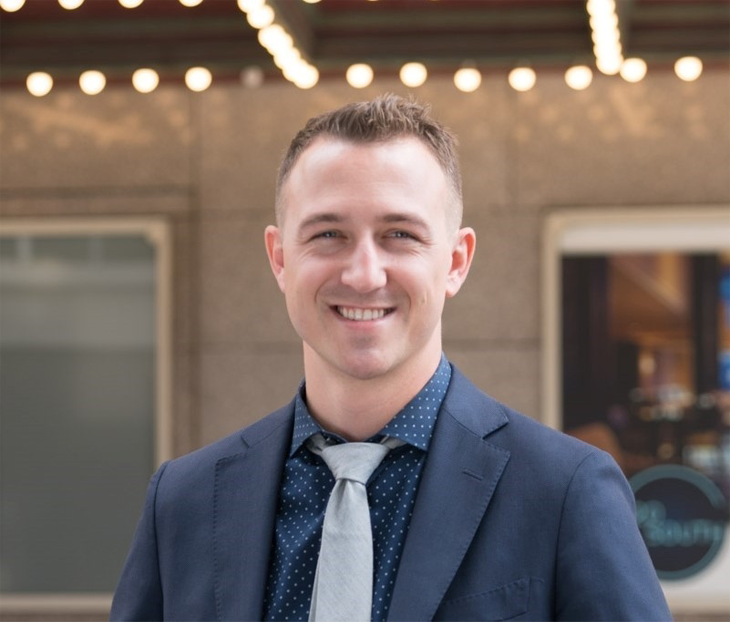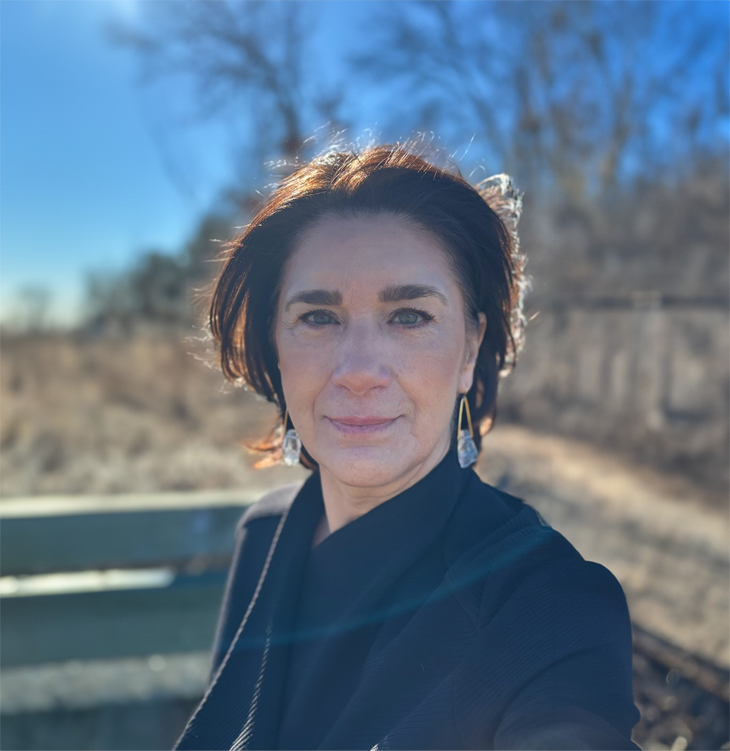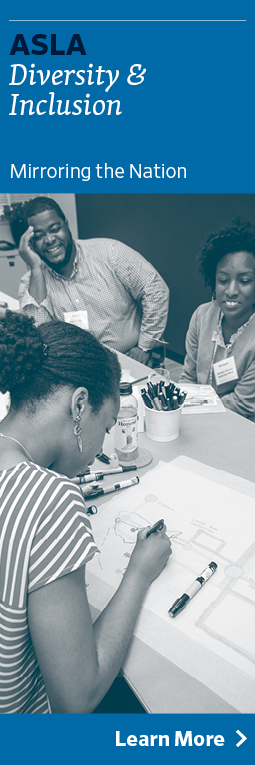President-Elect Candidate Forum – Question 2
3/18/2024Leave a Comment
.png?n=3696)
ASLA President-elect candidates Jeanne Lukenda, FASLA (left), and Bradley McCauley, ASLA (right).
We are living in a very polarized time in the world where bright lines are being drawn across a number of areas in our society. How can landscape architects and the work that they do help heal or bridge those divides?
Bradley McCauley, ASLA
 Bradley McCauley, ASLA
Bradley McCauley, ASLA
Landscape architects have long served as vital bridges, seamlessly connecting diverse elements within the tapestry of our surroundings. We effortlessly link the built environment to the natural world, harmonizing structure with the beauty of nature. Acting as conduits between architects and engineers, we fuse creativity with technical expertise, ensuring the cohesion of form and function. Simultaneously, we bridge the gap between government agencies and the public, translating policies into accessible, contextual spaces that resonate with communities. Throughout history, landscape architects have honed the art of listening, discerning the needs of various stakeholders, and skillfully synthesizing them into actionable plans that enhance our shared spaces.
Amid today's polarized society, landscape architects wield a profound capacity to bridge divides, find common ground, and heal through our work and the relationships we build. As stewards of the built environment, we play a unique role in shaping spaces that transcend boundaries, foster connections, and cultivate a sense of shared identity. Through intentional design and meaningful relationships with communities, landscape architects serve as catalysts for positive change, working towards a more unified and harmonious society.
At the heart of our ability to bridge divides lies the power of design to influence behavior and perceptions. People have similar problems and fears: career… money… love… family. By creating spaces that are inclusive, accessible, and inviting, we encourage interactions among people from diverse backgrounds. Thoughtful planning of parks, plazas, and communal areas can break down physical and psychological barriers, providing neutral grounds where individuals can come together regardless of their differences. This deliberate design fosters a sense of community and shared ownership, laying the groundwork for healing fractured communities.
Community engagement is at the crux of healing societal divides, and as landscape architects, it is core to what we do. Landscape architects can and should lead authentic participatory design processes that involve residents in decision-making processes. This approach empowers community members and ensures the final design reflects their collective vision. Through workshops, town hall meetings, and collaborative design charrettes, landscape architects build trust and create spaces that authentically resonate with the people they serve.
When speaking about justice issues, one of my mentors half-jokingly states that you can either hope or hire a landscape architect. I would argue one of those has a better chance of success, given the role we play in addressing environmental and social justice factors. By advocating for sustainable practices, we contribute to creating healthier and more resilient communities. Initiatives such as urban reforestation, equitable access to green spaces, and climate-resilient design can serve as common ground for communities everywhere, fostering a shared commitment to a more sustainable future.
As Landscape Architects, we possess the tools to bridge divides and facilitate healing in our polarized society. Through intentional design, community engagement, and advocacy for social and environmental justice, landscape architects can contribute to creating spaces that promote unity, understanding, and shared values. By cultivating meaningful relationships with communities, and challenging existing norms, we can be instrumental in shaping a more harmonious future for all.
Jeanne Lukenda, FASLA
 Jeanne Lukenda, FASLA
Jeanne Lukenda, FASLA
Our landscape architecture community has a long history of bringing together diverse groups of people and ideas, and moving them forward toward shared visions. We do this within our workplaces, across our project teams, and with clients and stakeholders. We do it through the spaces we shape and, then, through the people who inhabit them. We are well poised to do more, and to do even better, as agents of social change.
Polarized thinking severs connections so, collectively, we must foster a greater sense of community and belonging through our unique work addressing often complex social issues through shared values. This serves to bridge divides by cultivating relationship-building and facilitating healing. In support of this, ASLA must continue to refine how we promote to the broader community the many ways we leverage our skills and expertise to establish, re-establish, and strengthen connections. In turn, each one of us can and must bring awareness and hope to our own communities—especially the next generation—ensuring they see the power of our example.
The universal appeal of the green spaces we design provides neutral meeting grounds for diverse communities, regardless of their differences, to come together for the shared appreciation of natural resources and the mutual promotion of physical and mental well-being.
Our efforts to address disparities in the quality of built environments reinforces revitalization of poorly-served communities, supporting and enhancing social interaction and economic progress, and addressing systemic social inequities.
By prioritizing and addressing specific needs, including mitigating environmental hazards, optimizing sustainable design practices, and championing climate action, we advocate for marginalized communities disproportionately affected by environmental degradation, and equalize improved quality of life.
In designing gathering places that support and encourage a wide variety of cultural practices and accommodate a range of activities, we are creating and shaping welcoming and inclusive public spaces to ensure everyone, regardless of ability or socioeconomic status, can participate and engage with these shared surroundings.
To ensure our work is responsive to a community’s aspirations, meets their needs, reflects their values, and fosters ownership and stewardship, we promote civic conversations through a meaningful design process that includes facilitating and incorporating input by empowering community members to be decision-makers about their own futures.
Landscape architects and landscape architecture can serve as catalysts for understanding, empathy, and mutual respect which we must embrace in order to draw people together and create more holistic and harmonious communities, one interaction at a time.
.png)

.png)
.png)
.png)
.png)
.png)
(1).png)

